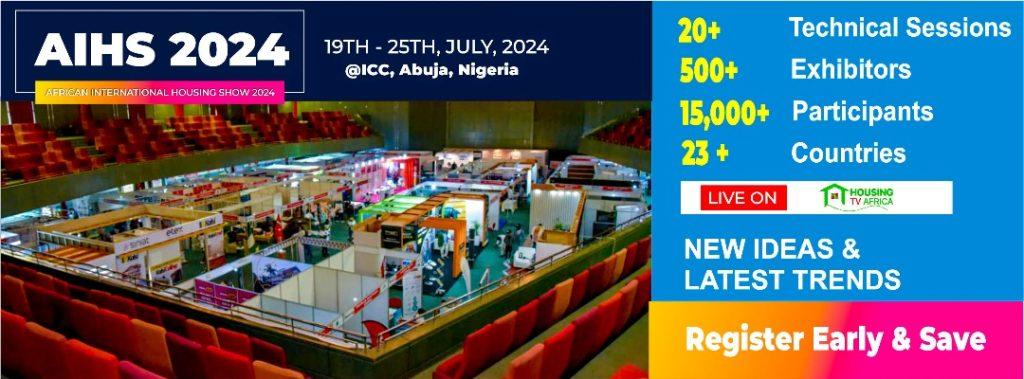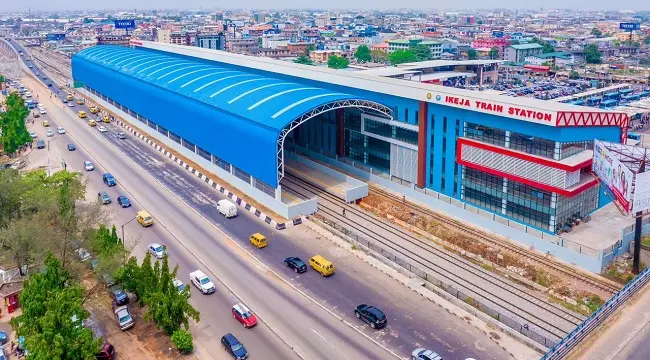President Bola Tinubu has inaugurated the Red Line Rail Project in Lagos. The project, an intra-state rail service aimed at improving transportation within the city, spans 37 kilometres.
The Red Line Rail Project in Lagos, Nigeria, represents a significant infrastructure development aimed at improving transportation within the city.
Here are five key aspects worth noting and some insights into the new rail line.
The route
The Red Line is envisioned as a vital metro link within the Lagos-Ibadan rail corridor. Spanning 37 kilometres, it will share the right-of-way with the Lagos–Kano Standard Gauge Railway.

The route will initially run from Agbado in Ogun State to Oyingbo in Lagos, with notable stations including Agbado, Iju, Agege, Ikeja, Oshodi, Mushin, Yaba, and Oyingbo.
The project cost
The Red Line project is a substantial investment in Lagos’ urban transportation infrastructure. Initial estimates pegged the cost at $135 million under the Greater Lagos Urban Transportation Project, managed by the Lagos Metropolitan Area Transport Authority (LAMATA).
READ ALSO: President Tinubu Commission Red Line Rail in Lagos, revolutionizing city’s transportation.
However, Governor Babajide Sanwo-Olu revealed that both the Blue and Red Lines combined would exceed ₦100 billion. Delays in the Blue Line project, initially expected to be completed by 2011, highlight the funding challenges faced by the project.
The operations
LAMATA, operating under the Ministry of Transportation, spearheads the Red Line Rail Project.
Once operational, it is expected to facilitate 37 trips daily, accommodating approximately 500,000 passengers.
The primary objectives include reducing travel time, mitigating health issues related to stress, and enhancing economic productivity.
The project aims to alleviate traffic congestion, minimise road accidents, and improve commuter safety within Lagos.
Choice of transmission
The Red Line will utilise a diesel-powered system known as Diesel Multiple Unit (DMU), unlike the electric-powered Blue Line. DMU employs on-board diesel engines to propel multiple-unit trains. This choice of transmission aligns with the project’s objectives and operational requirements.
READ ALSO: President Tinubu Commission Red Line Rail in Lagos, revolutionizing city’s transportation.
The Red Line Rail Project represents a significant milestone in Lagos’ transportation infrastructure development. Its inauguration promises to enhance connectivity, ease commuter burdens, and contribute to the city’s overall economic growth and development.
Infrastructure of the Red Line Rail
To ensure the smooth operation of the rail line and safety for commuters, significant infrastructure has been developed.
This includes the construction of 10 vehicular overpasses and pedestrian bridges, separating train traffic from vehicular and pedestrian flows.



